The Snare Mitigation Symposium
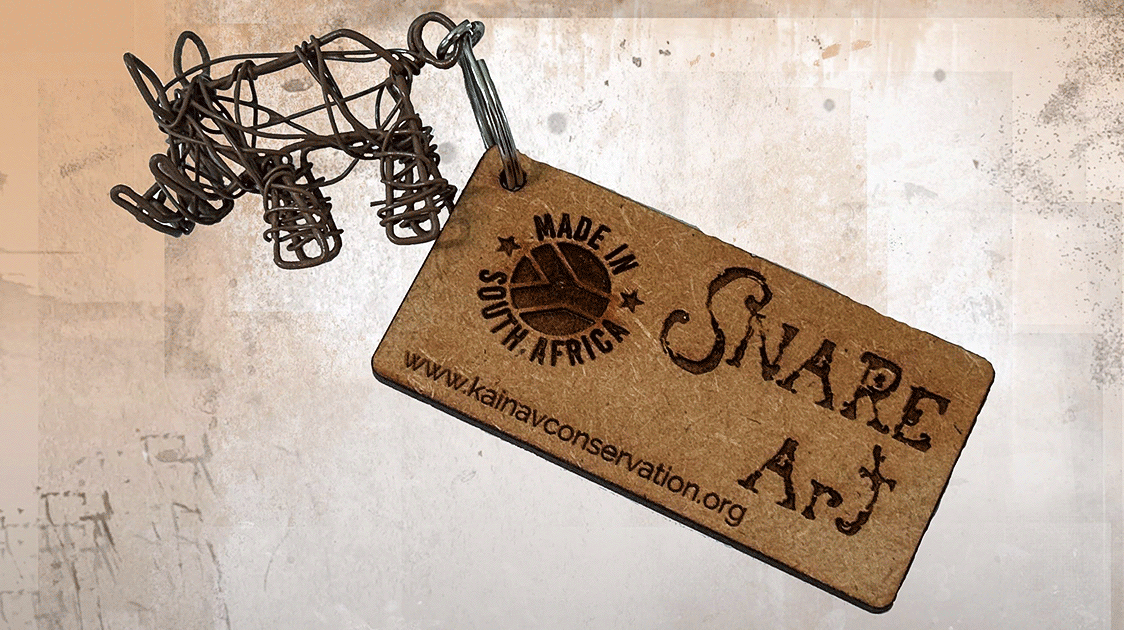
The poaching of iconic wildlife species gets most of the mainstream media’s attention. Titillating stories of rangers, armed to the teeth, chasing after poachers through the bush with their dogs, and aerial backup corroborates the Western worldview.
And this is where most of the taxpayer and donor money goes to.
Protecting iconic species is important, but there is a less publicized form of relentless poaching that devastates biodiversity across Africa.
The inaugural Snare Mitigation Symposium was hosted by the Department of Forestry, Fisheries and the Environment (DFFE), Cape Leopard Trust (CLT), Endangered Wildlife Trust (EWT), South African National Biodiversity Institute (SANBI) and South African National Parks (SANParks) at DFFE Environment House, Pretoria on 10 – 11 September 2024.
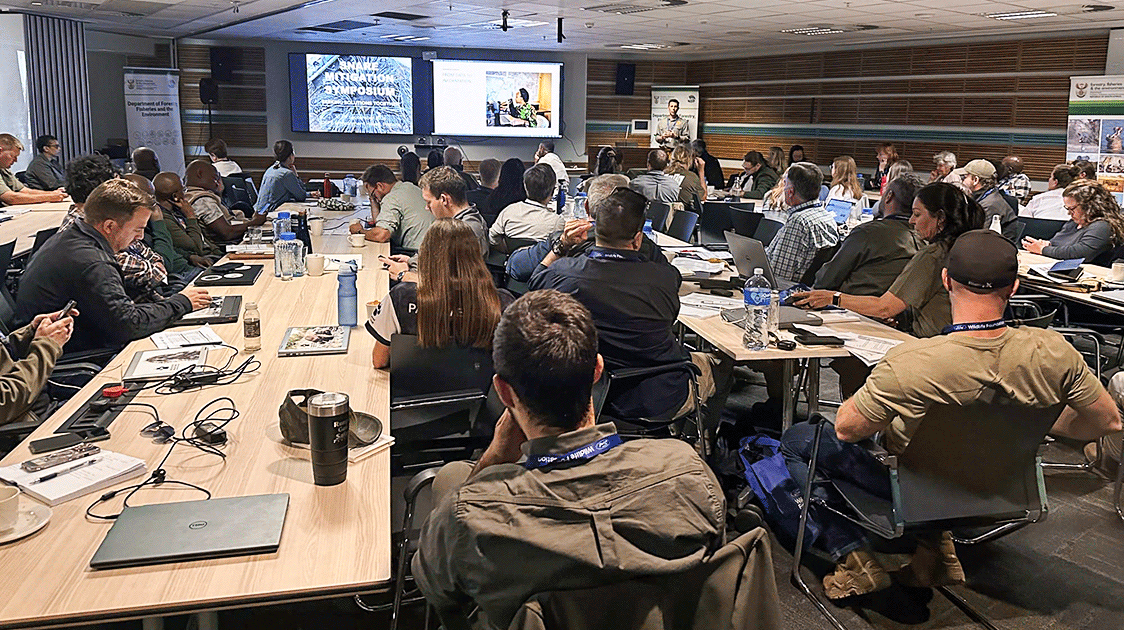
Many organizations involved in anti-poaching operate in silos, and the purpose of the symposium was to bring together leading experts in wildlife crime, government officials, and representatives of numerous stakeholders from across Southern Africa to discuss issues, share knowledge, and provide a platform for building partnerships.
Presentations by 23 speakers and three-panel discussions explored themes including understanding the dynamics and human dimensions of snaring, reporting, responding, evidence collection, snare patrolling, legislation and policy, technology, and detection solutions.
Throughout the symposium, shocking figures and graphic images of animal fatalities and injuries were displayed. A statement that was voiced several times was that these only represent the snares and the animals that have been seen and carefully counted, yet this is only the tip of the iceberg regarding the true impact of snaring on biodiversity.
Even the ‘tip of the iceberg’ information that was presented is shocking with examples such as:
- 1,513 snares removed and 195 snare mortalities from Letaba Ranch Game Reserve in 2023 (The Endangered Wildlife Trust),
- 685 animals were poached, and 9,440 snares were removed from Kruger National Park in 2023 (South African National Parks),
- 201 out of 446 (46%) veterinary cases in Maruleng District and surrounds were attributed to snaring. (Wildscapes Veterinary & Conservation Sciences),
- 44,600 snares were removed in Limpopo Province between 2017 – 2024 (K9 Conservation),
- More than 80 snaring incidents involving African wild dogs were reported over the past four years in Greater Kruger (Contemplate Wild)
- 5,993 snares removed, with 385 animals found dead in snares and 27 rescued since 2021 in the Phalaborwa area (SA Hunters and Game Conservation’s Snare Buster Program).
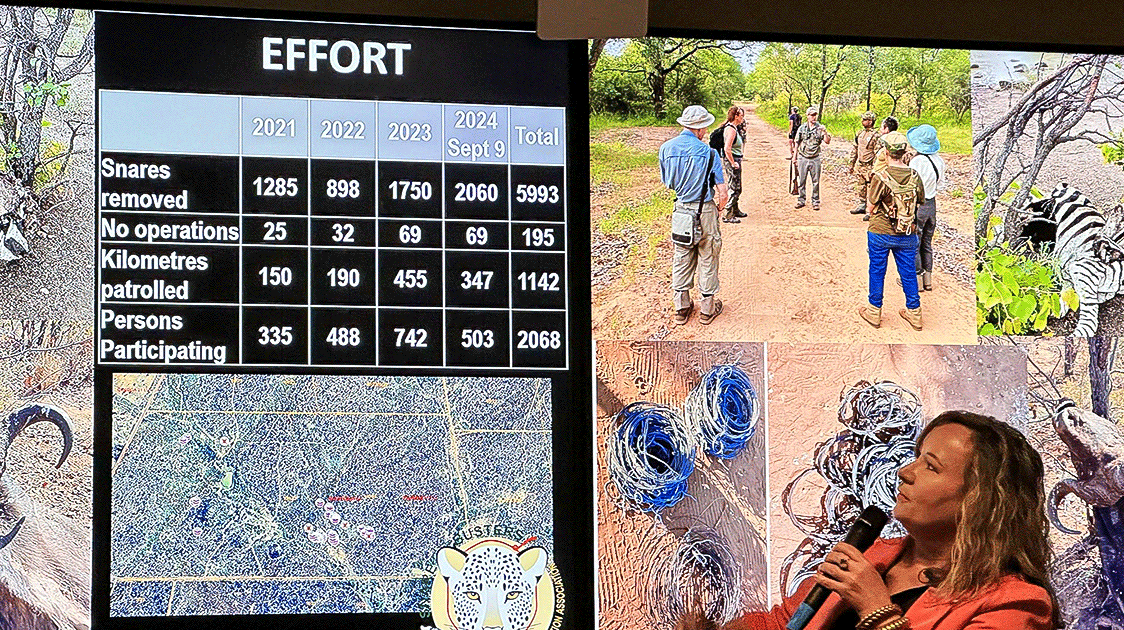
This was just a tiny snapshot of the snaring problem in South Africa alone.
Snaring is often intertwined with other illegal behaviors such as poisoning, hunting with dogs, and rhino poaching.
It is linked to poverty, food insecurity, social inequality, unemployment, historical legacies, inaccessibility of resources, weak or inadequate law enforcement, and cultural traditions. But the bottom line is it’s about access to protein, and snaring is relatively cheap and easy to do.
Snaring impacts biodiversity, ecosystem loss, and financial loss across the board.
So, what’s to be done?
Suggestions from participants included:
- Enabling common species / alien fish species harvesting from dams,
- Promoting opportunities and access for legal hunting and legally harvested, safe, and affordable game meat,
- Developing wildlife economy opportunities that create entrepreneurial and job opportunities through the various value chains to improve socioeconomic challenges in rural landscapes,
- Providing alternative food sources (e.g. SANParks Game Donation program plus Game Meat Strategy),
- Promoting access to natural resources for use (e.g. for traditional medicine),
- Enabling alternative wildlife products (e.g. synthetic leopard skins),
- Including all stakeholders in research and decision-making (e.g. insights from traditional healers’ community members),
- Improving employment opportunities,
- Outreach to awareness raising and improving education about wildlife, conservation, and illegal/unsustainable usage of wildlife in rural communities, and
- Improve snare patrolling efficiency, data collection, and management applications such as EarthRanger, Cropwatch, and AlpineQuest.
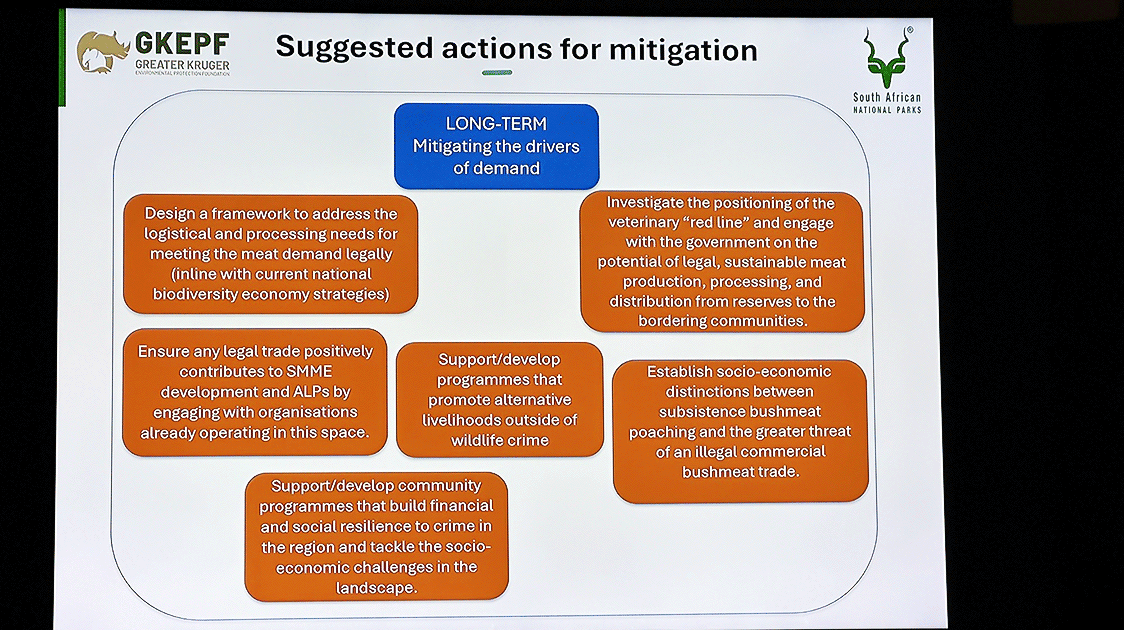
The Game Meat Strategy for South Africa, developed by the Department of Forestry, Fisheries, and the Environment in 2023, attempts to make game meat available at a reasonable cost to the public and includes opportunities for using skins and other animal parts for products.
Interestingly, the International Fund for Animal Welfare (IFAW), one of the most rabid animal rights groups around, was a co-sponsor of the symposium.
One must wonder what their take was on the outcome of the symposium, given that they are vehemently opposed to any form of consumptive wildlife use.

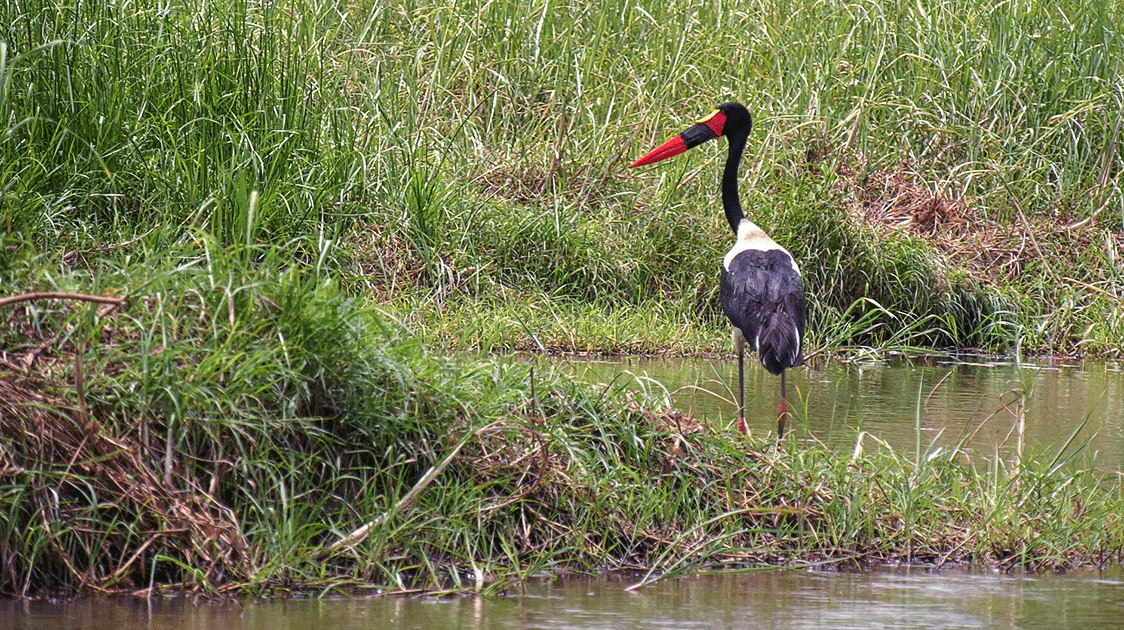
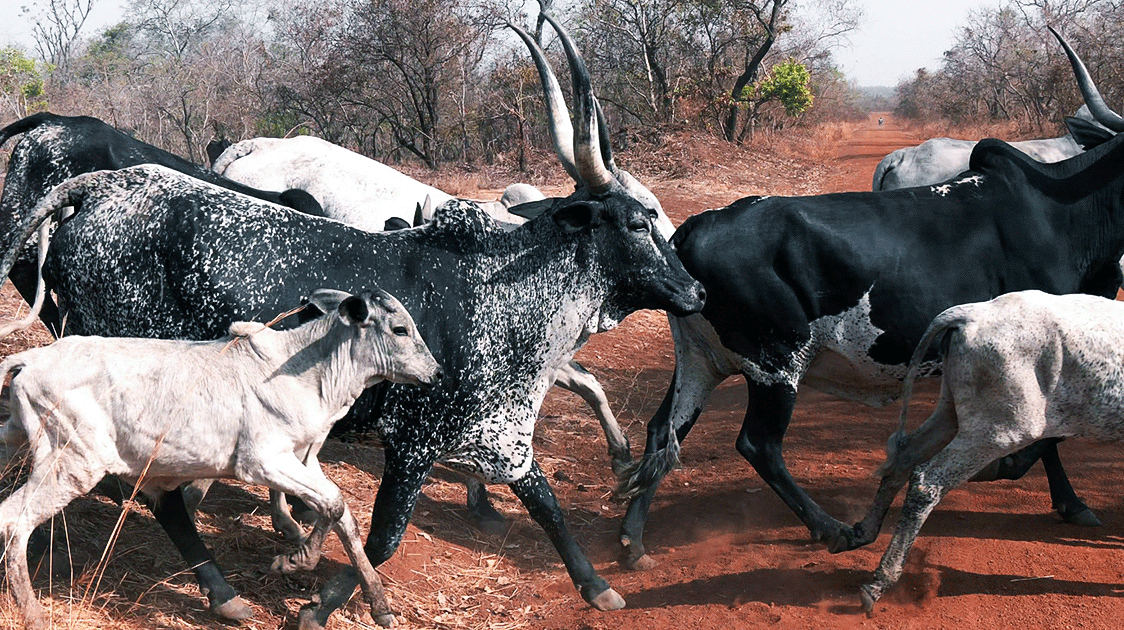
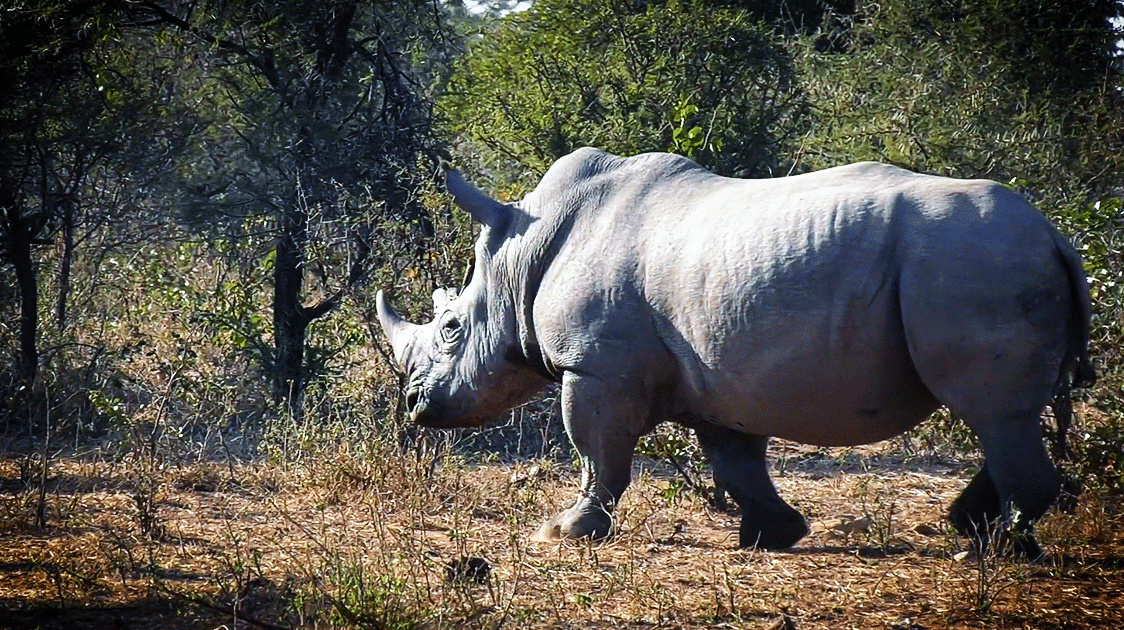
Comments ()